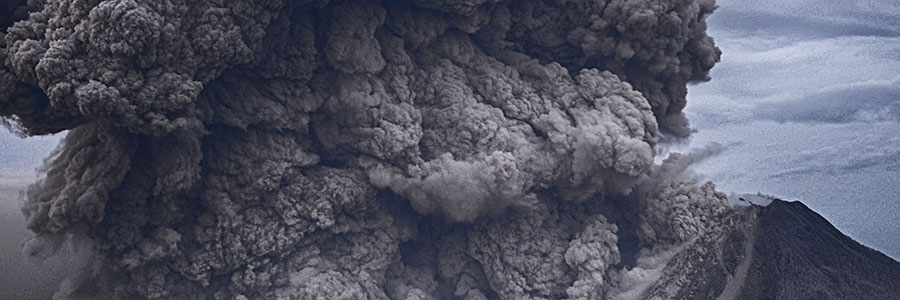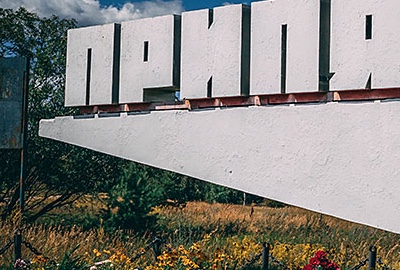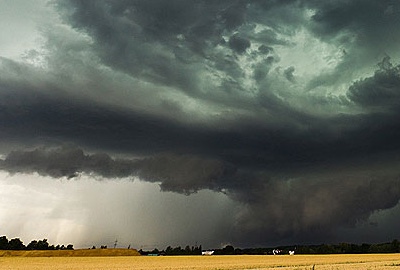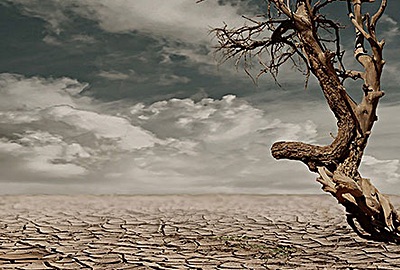 2022-05-08
2022-05-08

Mount Vesuvius: The Volcano
- ArticlesandContent.com (CIRCA 2005)
- /
- Oct 8, 2021 (written 2005)
While we often think of recent natural disaster events, one of the most famous world disaster events was the eruption of Mount Vesuvius in 79 A.D. Mount Vesuvius sits near the Bay of Naples, only a few miles from the city itself.
While the volcano has been quiet for some time, it is the only volcano on the European mainland to have erupted in the 20th century. Another eruption of Mount Vesuvius would certainly be an environmental disaster, as well as a world disaster. While Mount Vesuvius has erupted many times over the centuries, none of these was on the scale of environmental disaster like the eruption in 79 A.D. that destroyed the ancient Roman cities of Pompeii and Herculaneum. Prior eruptions of Mount Vesuvius included the Avellino eruption, around 1660 B.C.E. which destroyed several human settlements.
The Environmental Disaster of 79 A.D.
On the 24th of August in the year 79 A.D., Mount Vesuvius erupted in a flow of lava and ash. Many communities had grown up on the fertile soils surrounding Mount Vesuvius, taking advantage of its proximity to the bay, good land, and comfortable surroundings. The people of Pompeii, Herculaneum and the surrounding areas were caught unprepared when Mount Vesuvius erupted that August day. While Pliny the younger reports that there were tremors, no one connected these seismic activities to the coming environmental disaster. While the ancient Romans had some understanding of what a weather disaster was, and in fact, earthquakes had damaged both Pompeii and Herculaneum in 62 A.D., they did not understand the mechanisms behind an environmental disaster like the eruption of Mount Vesuvius.
Why is Mount Vesuvius Famous?
Volcanoes erupt all the time, and world disaster events occur. Why do we remember Mount Vesuvius? First and foremost, the 79 A.D. eruption of Mount Vesuvius is an important environmental disaster because of what it preserved. The ancient cities of Pompeii and Herculaneum were preserved, untouched, by the layers of volcanic ash. While the upper levels of buildings collapsed, paintings, mosaics, even the paving of the streets and people going about their lives remained as an archaeological wonder. Pompeii and Herculaneum were thriving cities with markets, baths, roads, and homes. Many wealthy Romans maintained homes in this coastal city, adding to the wealth and luxury preserved by the world disaster of the eruption of Mount Vesuvius. While on the scale of recent natural disaster events, Mount Vesuvius is a relatively minor environmental disaster, but did preserve a tragic window into history.




